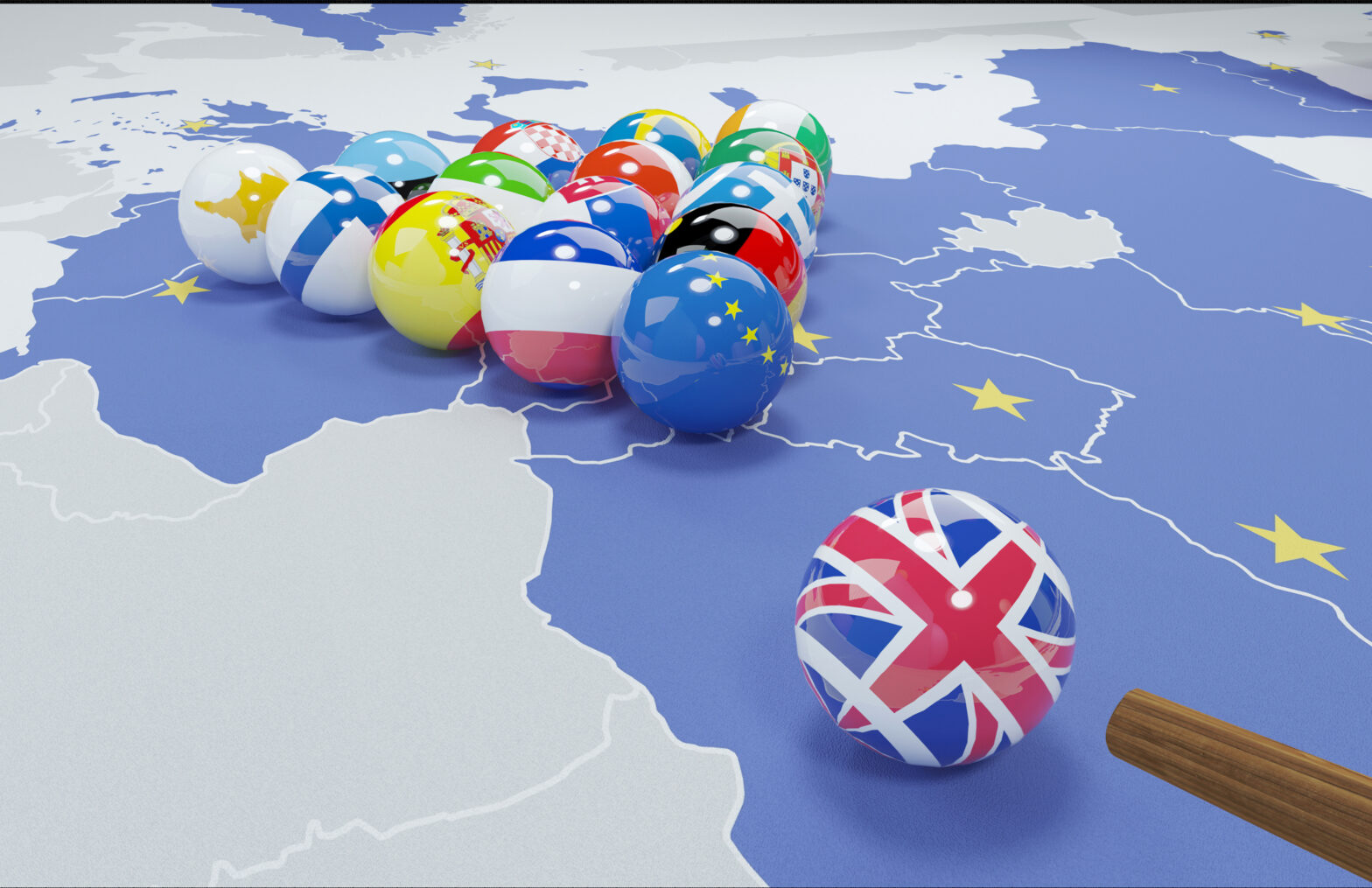On Wednesday March 29th the government triggered Article 50, marking the formal process of Britain leaving the European Union. In theory, leaving the single market is supposed to take two years, meaning that Britain should leave the European Union no later than April 2019. Triggering article 50 is the easy part; agreeing a new trading relationship, establishing what tariffs and other barriers to entry are permitted, and agreeing on obligations such as free movement is where the picture becomes more complex. According to the EU this process could take another five years.
A number of issues have been raised on what impact Brexit will have on cross-border trade. According to a recent report from the House of Lords EU Committee British businesses have ‘serious concerns’ about tariffs, disruption, and border delays on goods after Brexit. However, Brexit needn’t spell doom and gloom. Forward thinking retailers are turning their attention to alternative markets outside the EU, including Russia, China and Canada. Each of these three markets has its own unique set of opportunities and challenges – so what factors do retailers need to take into consideration?
Russian roulette?
Expanding into Russia needn’t be a gamble. In 2018 the country hosts football’s World Cup with all the hype and scrutiny that this global event attracts. There is little doubt that the spotlight will wake a few UK retailers up to the potential of this marketplace as an attractive goal scoring opportunity.
When looking at the geography of Russia, big is an understatement. The country has the unique distinction of being the largest in the world covering more than one eighth of the Earth’s inhabited land area. The country is not only sizable in land mass but population too, with more than 143 million people. This equates to a large pool of active internet users. According to the latest data, Russia has the highest number of internet users in Europe – some 84 million people – and the number of online shoppers is growing steadily to now exceed 30 million according to a report released by the Ecommerce Foundation.
It’s important to bear in mind that consumer preferences vary across different territories and Russia is no exception to this rule. For example, according to a report published by Stats.com nearly half of online shoppers in Russia in 2014 expressed a growing willingness to pay extra for faster delivery.
Riding the e-commerce wave in China
High profile retail brands such as Burberry, ASOS and Selfridges have already expanded their operations into China and with good reason. China is one of the fastest growing e-commerce markets in the world. Online retail sales in the country reached 5.16 trillion yuan ($752 billion) in 2016, representing 26.2 per cent growth from 2015. It is estimated that 36 million Chinese shoppers will be spending $167 billion on international purchases by 2018.
Like Russia, China has a huge land mass. While logistics and infrastructure networks are improving rapidly it is worth noting that there are 30 cities in China with populations of over 10 million people and vast distances between urban centres. The typical journey for a UK retailer looking to crack China is to begin distributing to China directly from the UK until the customer volume has developed sufficiently to warrant a local presence in the country.
Making the connection with Canada
When analysing the e-commerce market in North America a great deal of attention is given to the United States. This is understandable given the country’s unique economic status on the global stage. However, UK retailers are missing a trick by not turning their attention north of the border. According to a recent report by Forreste, 9.5 per cent of all Canadian retail spending – projected at C$39.9 billion – will be done online by 2019, up from 6 per cent in 2014. Meanwhile Canada is one of the most connected in the world with 91 per cent of its population having access to internet.
Returns in particular heavily influence consumer behaviour. More than four in ten Canadian shoppers said they would be unlikely to complete a sale if they had to pay for returns shipping, and 65 per cent will shop more with a retailer if they offer a hassle-free returns policy.
Triggering Article 50 is a watershed moment for the UK. However, the uncertainty surrounding Brexit can be positioned as a cross-border opportunity for UK retailers. Fast-growing markets such as China Russia and Canada offer an alternative pathway. However, when looking to enter these markets it is important for retailers to avoid a one size fits all cross-border delivery strategy, as each market has its own distinct set of challenges. A third party delivery expert with the necessary global contacts and expertise can help retailers tackle these subtle nuances and develop a cross-border strategy that looks beyond Brexit.
Paul Galpin is managing director of P2P Mailing.





